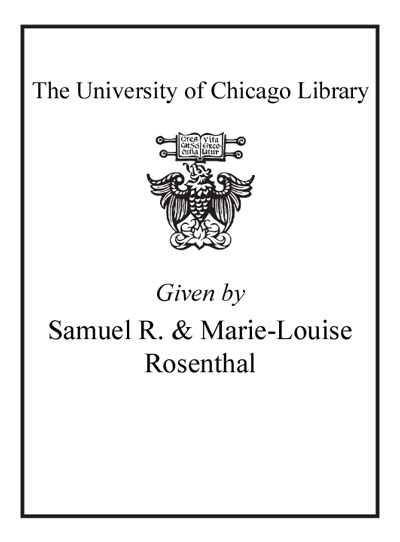Review by Library Journal Review
This book aligns the interests of traditional Japanese stylized form with well-known impressionists of the 19th century, when many of the of artists were fascinated with Japonism and incorporated this into their work. Similarly, the Japanese artists of the day were equally fascinated by impressionism. One might wonder what the attraction was between such disparate styles of art, but this title contends that for the Japanese and their Shinto religion, impressionism represented health and beauty. Many museums built by wealthy Japanese were devoted to displaying great impressionism, as well as works from the Barbizon school, post-impressionists, and Les Nabis. The book is laced with color illustrations of both Japanese and French paintings, as well as the work of traditional Japanese artists working at the time. Included are a list of museums across Japan, a description of their origins, and brief biographies of the artists discussed throughout. The Japanese phrases may be unfamiliar to Western readers, but this is only a minor point. VERDICT Highly recommended for all public and academic libraries for calling attention to this special discovery.-Ellen Bates, New York © Copyright 2016. Library Journals LLC, a wholly owned subsidiary of Media Source, Inc. No redistribution permitted.
(c) Copyright Library Journals LLC, a wholly owned subsidiary of Media Source, Inc. No redistribution permitted.
Review by Library Journal Review

